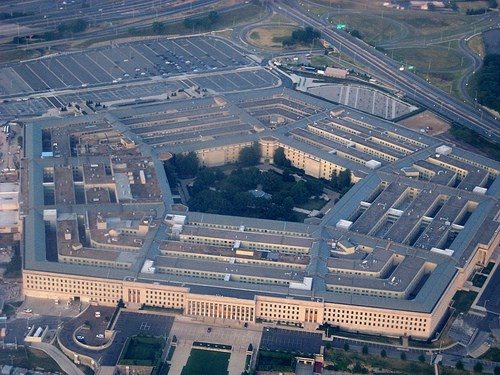The Pentagon plans to cut its vast civilian workforce by 5-6 percent over the next five years to match similar reductions in the number of US troops, Deputy Defense Secretary Ash Carter said Tuesday.
“These reductions are largely proportional to military end strength reductions that we proposed,” Carter said at the National Press Club in Washington.
The US Army already is scaling back from about 565,000 troops to 490,000 troops by 2017, while the Marine Corps is due to drop to 182,000 from about 201,000 service members. Even with the cuts, the military will still be larger than it was before the attacks of September 11, 2001.
The Pentagon has about 780,000 civilian employees and has already frozen hiring additional workers.
Carter said reducing the number of civilian workers will be achieved partly by closing some US bases, a plan that is expected to meet strong resistance in Congress.
The Pentagon’s proposed budget sets aside $2.4 billion to cover the up-front costs associated with closing bases, Carter said.
But in the long-term, base closures “have consistently generated significant savings,” with the previous rounds saving $12 billion annually, he said.
The Pentagon is in a belt-tightening mode with automatic budget cuts enacted by Congress forcing the department to cut about $41 billion in spending this fiscal year.
Even if lawmakers manage to agree on a deal that would halt the automatic cuts, fiscal pressures are putting the military’s budget under increasing scrutiny, and the Pentagon is anxious to find savings wherever it can.
Carter said the department needed to trim its gargantuan bureaucracy, what the Pentagon calls “the fourth estate.”
“The fourth estate represents a fifth of the department’s budget and it merits at least as much scrutiny as the military services budgets. There are real savings to be realized there,” he said.
The savings would focus on the defense secretary’s office, the military’s joint staff offices, various defense agencies covering everything from logistics to missiles, as well as staffs for the top regional commanders.
The Pentagon’s budget request for fiscal year 2014 came to $526.6 billion, not counting the cost of the war in Afghanistan. The current budget estimates the cost of the war at $87 billion.










